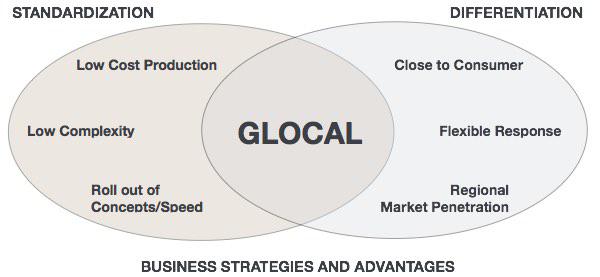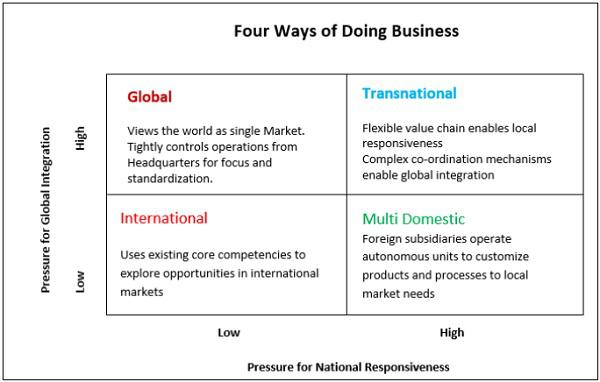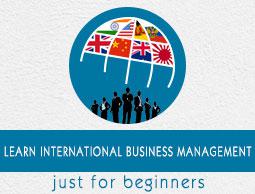Strategic Compulsions
To survive in the world of cut-throat competition, companies must sell their products in the global market. It is necessary to come up with new strategies to win more customers. Effective strategic management requires strategic estimation, planning, application and review/control.
The path for strategic management is activated by compulsions like modern developments in the societal and economic theory and the recent changes in the form of business, apart from the economic context.

Areas of Strategic Compulsions
Here is a list of some compulsions that a global business might have to face −
E-commerce and Internet Culture − Expansion of internet and information technology made the business move towards e-commerce. Online shopping /Selling and Advertising are important issues. These factors compel the businesses to go modern.
Hyperactive Competition − Businesses now are hyper-competitive which compel them to draw a competitive strategy that includes general competitive intelligence to win the market share.
Diversification − Uncertainty and operational risks have increased in the current global markets. Companies now need to protect themselves by diversifying their products and operations. Businesses now are compelled to focus on more than one business, or get specialized in one business.
Active Pressure Groups − Contemporary pressure groups direct businesses to be more ethical in their operations. Most of the multinationals are now spending a good deal to address their Corporate Social Responsibility (CSR).
Standardization Vs Differentiation
Standardization and differentiation are the two sides of globalization. By standardization, we mean to show the global representation, while differentiation looks upon local competitiveness. The following figure depicts how standardization differs from differentiation.

Strategic Options
Strategic Options include a set of strategies that helps a company in achieving its organizational goals. It is important to do a SWOT analysis of the internal environment and also the external environment to get the a list of possible strategic alternatives.
A business can’t run on gut feeling and hence, strategic options are indispensable tools for every international business manager. The following diagram shows the very basic options to choose – whether to go global or act local while improving the business in a holistic manner.

Factors that Affect Strategic Options
There are many factors that need to be taken care of while choosing the best possible strategic options. The most influential ones are the following −
External Constraints − The survival and prosperity of a business firm is fully dependent on interaction and communication with the elements that are intrinsic to the business. It includes the owners, customers, suppliers, competitors, government, and the stakeholders of the community.
Intra-organizational Forces − The big decisions of a company are often influenced by the power-play among various interest groups. The strategic decision-making processes are no exception. It depends on the strategic choices made by the lower Management and top notch strategic management people.
Values and Preferences towards Risk − Values play a very important role, It has been observed hat the successful managers have a more pragmatic, interactive and dynamic progressive and achievement seeking values. The risk takers in the high-growth less-stable markets prefer to be the pioneers or innovators. They seek an early entry into new, untapped markets.
Impact of Past Strategies − A strategy made earlier may affect the current strategy too. Past strategies are the starting point of building up a new strategies
Time Constraints − There may be deadlines to be met. There may be a period of commitment, which would require a company to take immediate action.
Information Constraints − The choice of a strategy depends heavily on the availability of information. A company can deal with uncertainty and risks depending on the availability of information at its disposal. Lesser the amount of information, greater the probability of risks.
Competitor’s Risk − It is important to weigh the strategic choices the competitors may have. A competitor who adopts a counter-strategy must be taken into account by the management. The likelihood of a competitor’s strength to react and its probable impact will influence the strategic choices.





